Outline for a simple but effective preseason conditioning programme, speed and C.O.D training.
Testing
300m shuttle test
Aim: To monitor player’s intermediate anaerobic power.
Set up: place two lines of cones 25m apart.
Performing the test:
(Note: This test is a standard test, do not change the test in anyway)
Benefits
Data
Standards we should be aiming for;
Conditioning drills
Tempo runs
Aim: Developing baseline sprint related conditioning (Tempo runs are neither sprinting nor jogging).To reintroduce high speed running with reduced risk of injury from muscular strains which can occur during aggressive acceleration, deceleration, and if someone is returning to top speed sprinting after a period away from performing them.
Set up: Open space to perform straight line runs. In this example, I am using half the length of a rugby pitch, although the distance is can be as much as 150m or as little as 30m (performing a shuttle tempo run).
Performance: The athlete will stride the length of the course, walk back and repeat. A stride is the middle ground between jogging and sprinting. Have the athlete perform a set distance and only measure the runs, not the recovery walks.
Coaching points:
150m & 300m Shuttle runs
Aim: Improve speed endurance with multiple accelerations and decelerations.
Set up: place two lines of cones 25m apart.
Performance 150m shuttle: Complete six continuous shuttles (150m) as fast as possible.
Performance 300m shuttle: Complete twelve continuous shuttles (300m) as fast as possible.
Coaching points:
Preseason conditioning outline
(Note: Perform tempo runs at the end of the session. Perform shuttles at the beginning of the session after a thorough warm-up)
Speed and Change of Direction drills
Incremental acceleration runs
Aim: To develop acceleration speed in a controlled manner whilst minimising the risk of injury after an extended period away from performing/training.
Set up: Set up five cones in a line, the first four being 5m apart from the previous. Place the fifth cone 15m beyond the fourth cone. The total distance from the first cone to the final cone should be 30m.
Performance: The athlete starts at the first cone and accelerates to a designated cone. Once they reach that cone, they maintain the speed they have reached until they pass the final cone at which point they begin to slow down in a controlled manner.
Coaching points:
In and out runs
Aim: Improve ability to change direction without loss of speed/acceleration.
Set up: Place cones in a 5x3 grid with 5m distance in between each.
Performance:
Using one line of five cones; use an effective running action to run in and out of each cone to the end. At each cone increase speed until at maximum speed upon reaching the final section and maintains until the end of the course.
Coaching points:
Curve runs
Aim: Improve ability to change direction without loss of speed.
Set up: Place cones in a 5x3 grid with 5m distance in between each.
Performance: Using all fifteen cones; start on one corner and complete a single arced run around either the middle cone of the middle line or middle cone of furthest line and finishing at the end cone of the line you began on. This should be performed whilst athlete is continuously accelerating up to top speed. Once athlete has completed desired number of repetitions from one side, they must repeat from the opposite side.
Coaching points:
Cut step runs
Aim: Develop and improve and athletes ability to change direction when a rapid deceleration and then acceleration is required, using a ‘cut step’.
Set up: Place cones in a 5x3 grid with 5m distance in between each.
Performance: The athlete begins the drill at one of the bottom corners. The athlete accelerates towards the middle cone on the next line up, at which point they will aggressively decelerate and perform a cut step and head back out towards the outside cone on the third row. The athlete will repeat this action, zig-zagging, all the way to the other end of the course, performing a cut step at each cone. To change the angle of the cut step and distance for them to accelerate, have the athlete zig-zag between both outside line of cones.
Note: This drill can be used with pairs or small groups. Have them start at opposite corners and stagger their starts to avoid collisions in the middle.
Coaching points:
Preseason Speed and Change of Direction training outline
References
Jeffreys, I. (2010). Gamespeed: movement training for superior sports performance. Monterey: Coaches Choice
Boyle, M. (2017). New Functional Training for sports 2nd Edition. ebook: Human Kinetics
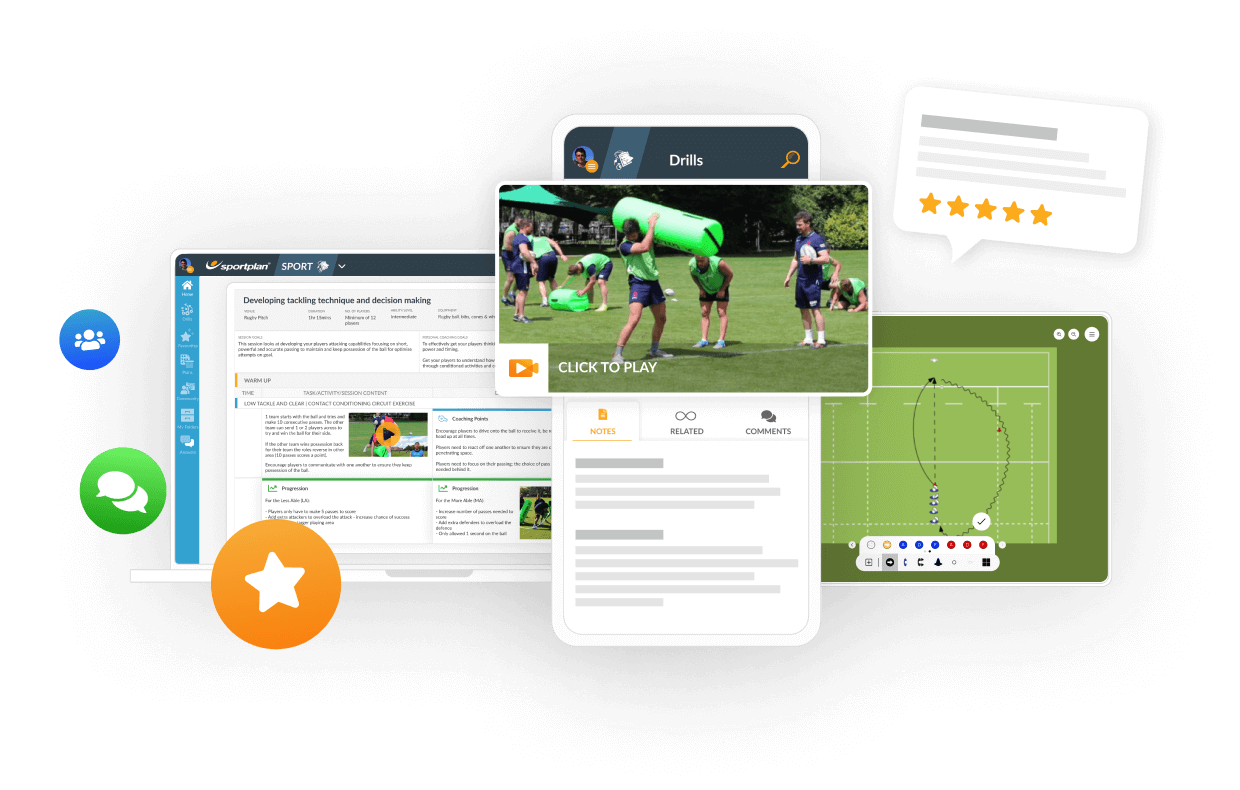
in more ways than one
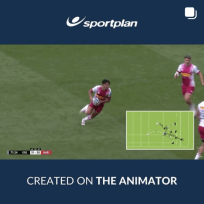
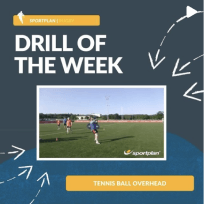
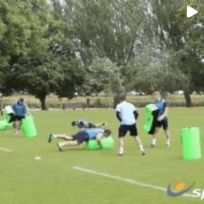

in more ways than one



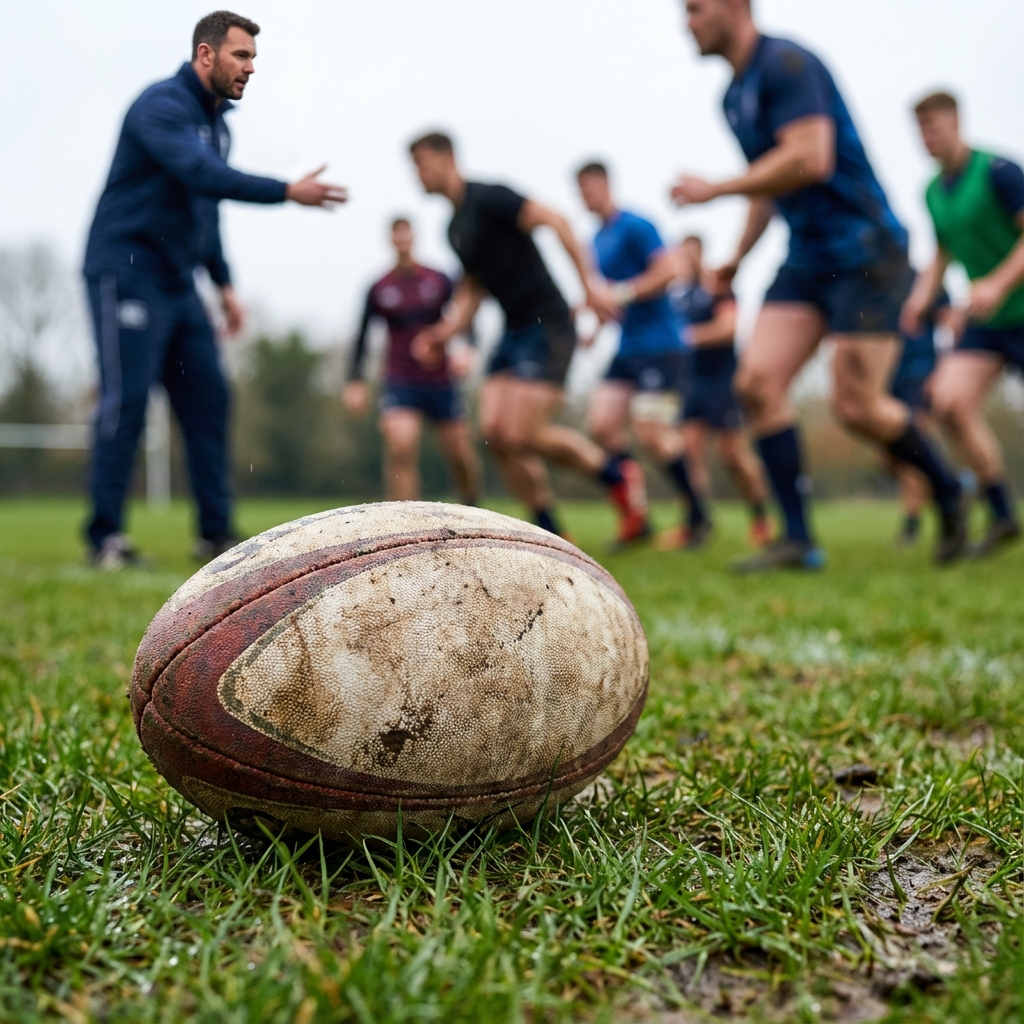
2026 brings revolutionary changes to international rugby: a brand new global tournament, historic tours, and law changes that will reshape the game. Here's everything coaches need to know.

The 2025 Women's Rugby World Cup featured a record 32% female coaches - more than double 2021 figures. Here's what this growth means for the sport.
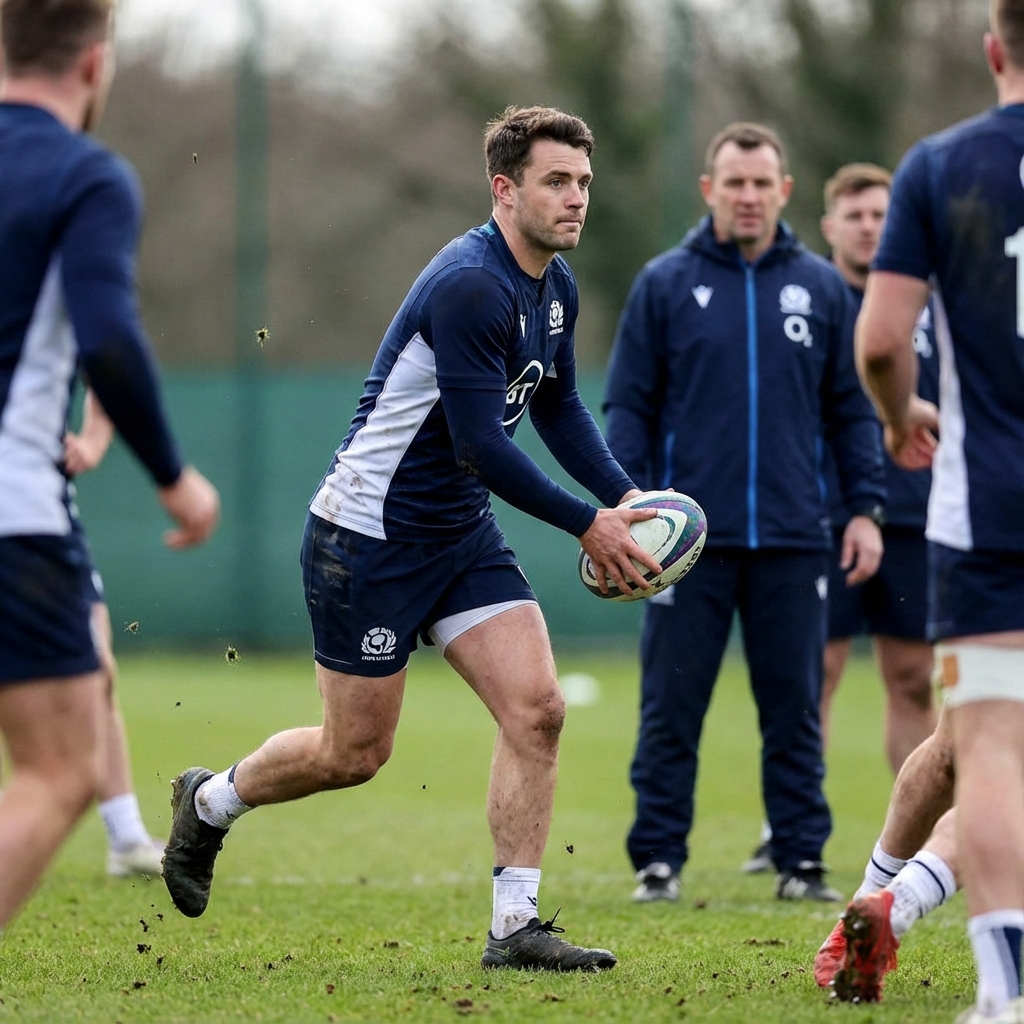
Matches are won by the team that makes better decisions under pressure. Learn how to develop game intelligence and manage critical moments.